At Ray & Rio Speciality Clinic, our Endo-Urology services focus on minimally invasive procedures to treat urinary stones, prostate enlargement, and urethral conditions. These advanced techniques reduce surgical trauma and promote quicker healing.
Performed by expert urologists using endoscopic tools, our treatments ensure precision, safety, and comfort — helping you return to normal life with minimal downtime.
Your comfort, health, and trust — our top priorities.

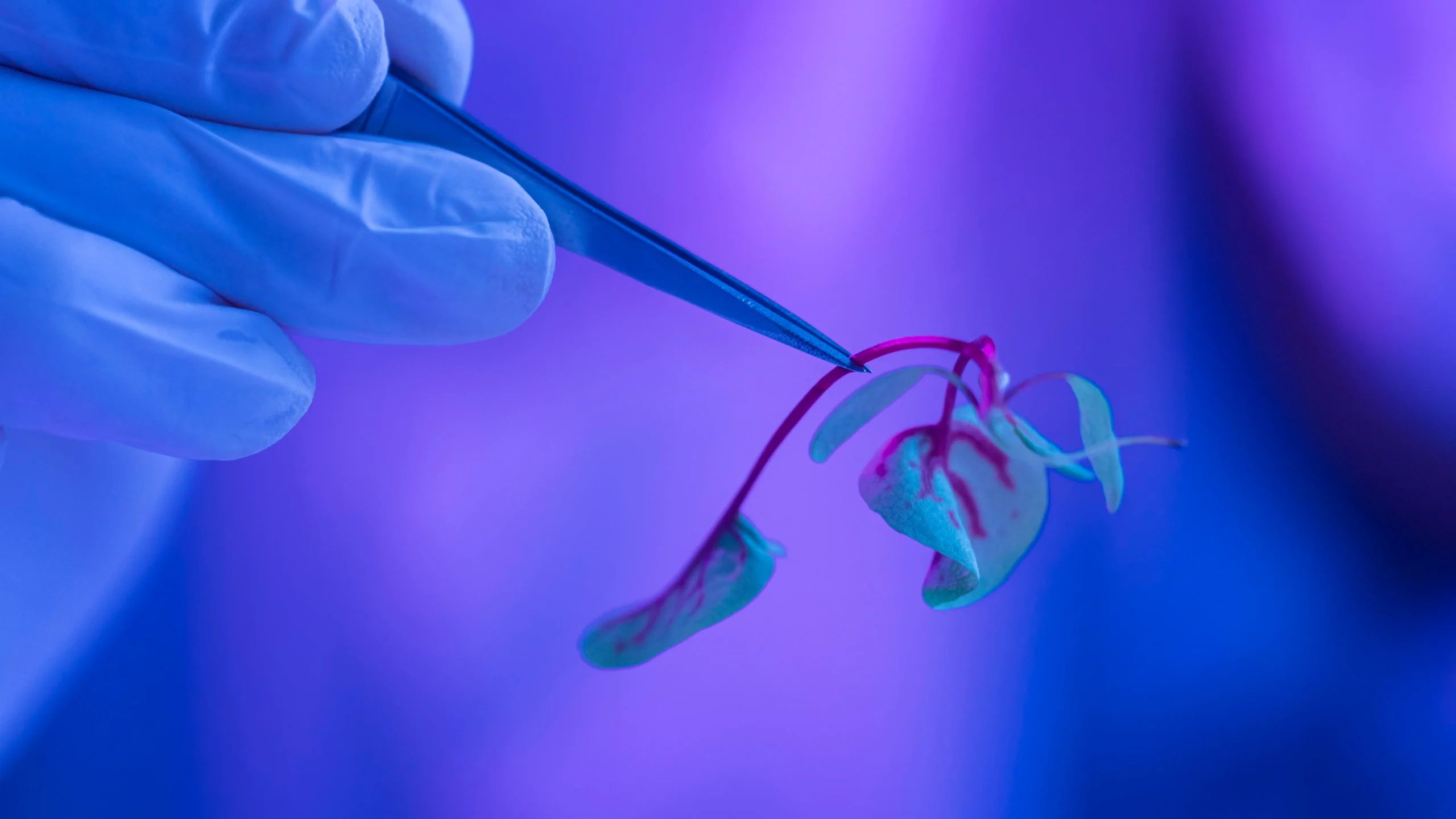

Ray & Rio Speciality Clinic combines expert care with compassion, offering safe, result-driven Dermatology and Urology treatments. With 9+ years of experience and two Chennai clinics, we deliver trusted, personalized care using modern technology.
Dermatology & urology specialists
Proven, safe medical protocols.
Safe, modern treatment tools
Egmore & Neelankarai – same quality care.
+91 9840519139
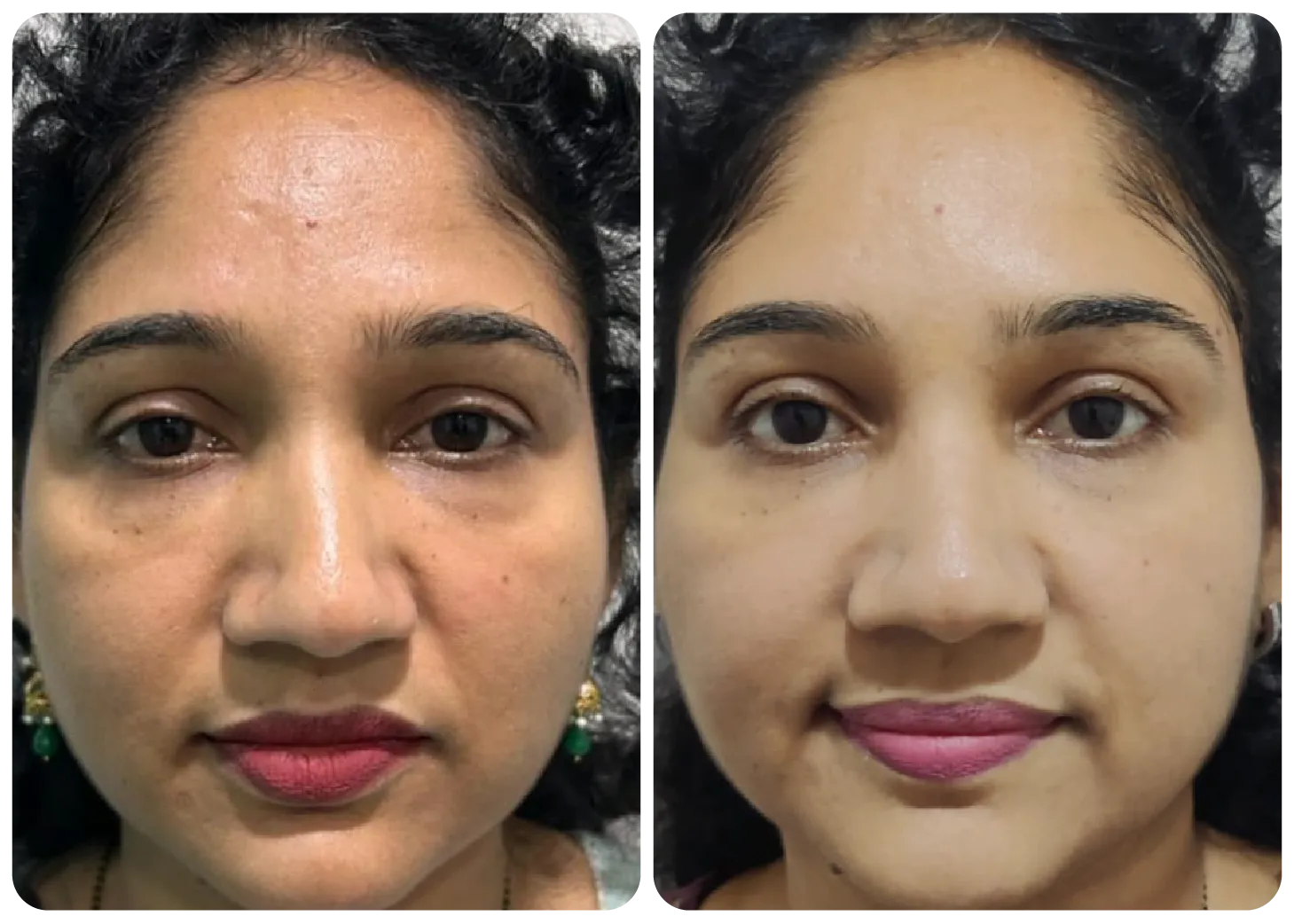
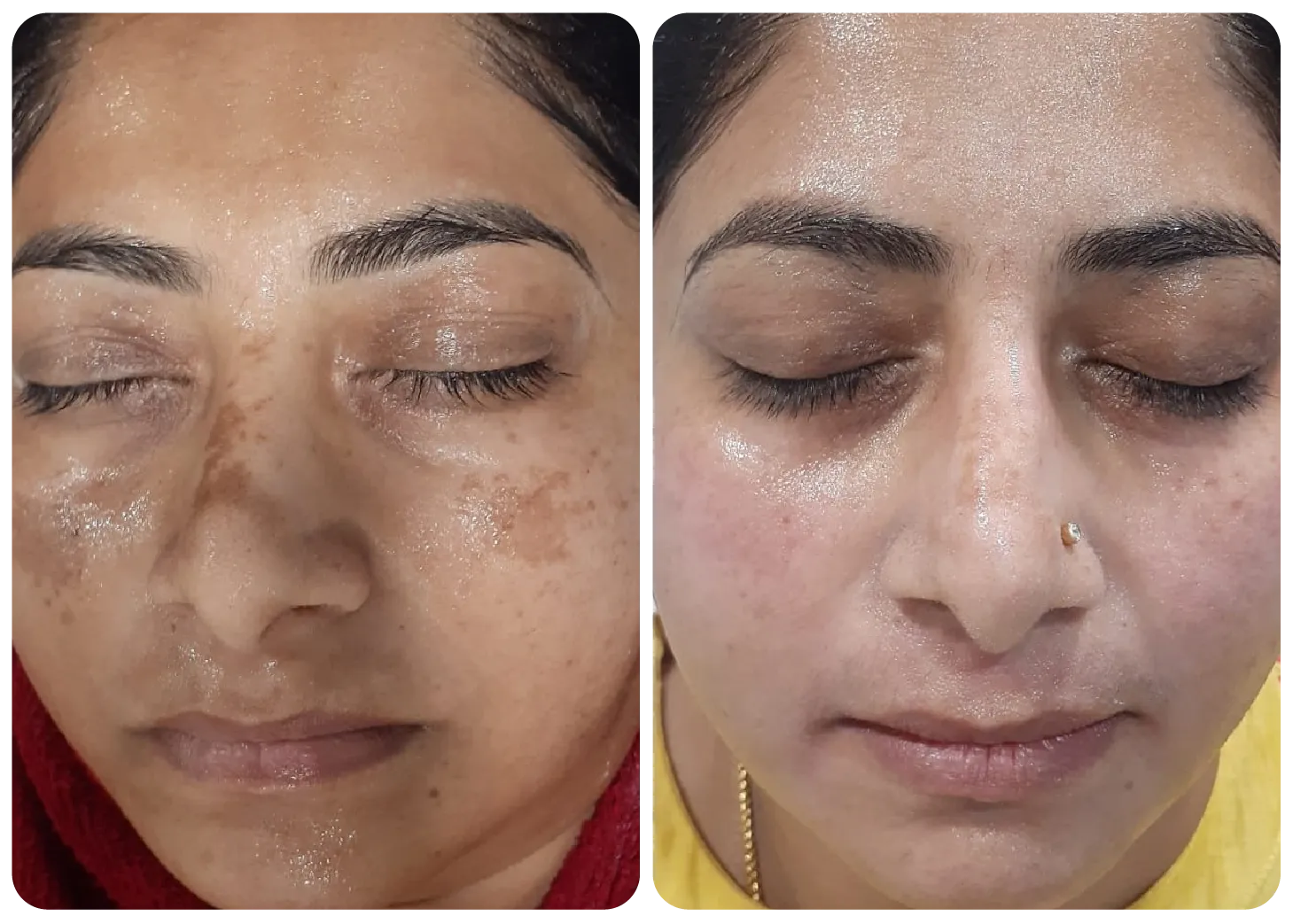
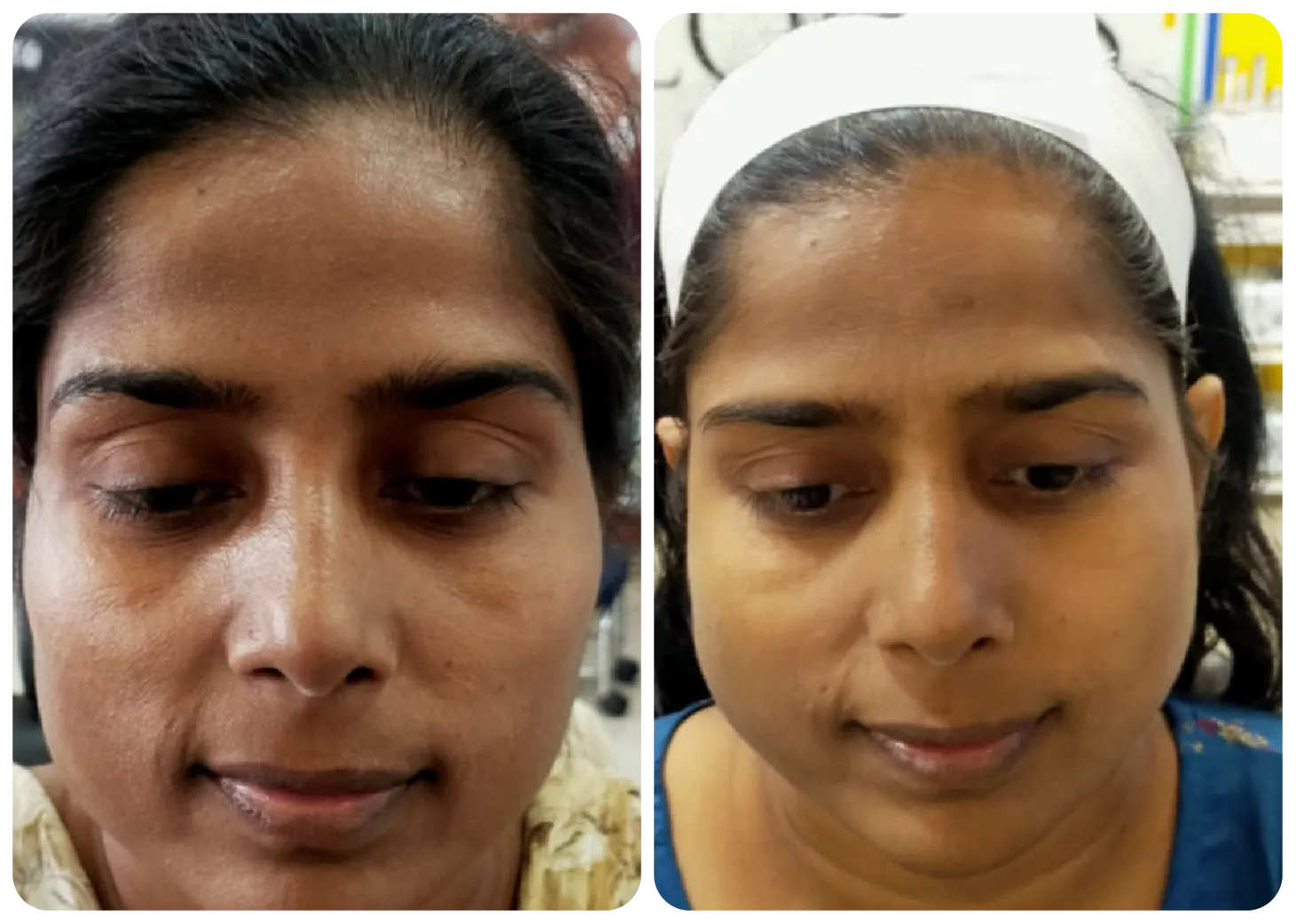

Connect with Dr. Griffin, our expert urologist, for advanced and minimally invasive treatments that address kidney stones, prostate conditions, urinary issues, and men’s health -ensuring faster recovery, better outcomes, and improved quality of life.
Your comfort, health, and trust — our top priorities.

I have been consulting with Dr. Annie Flora for over 3 years. The clinic offers LHR and other cosmetology procedures with effective results in a reasonable time. The doctor clearly explains every step and listens to our needs, and the team ensures proper follow-up. Highly recommended.

I had already went to different clinics for my issue but I got real results when I consulted Dr.Annie Flora. I was able to see visible results. She was able to identify my issues explained it to me and also provided an idea on how she was going to approach the issueOne of the best clinics for skin treatments.

Get personalized care from trusted specialists in skin and urology. Choose your time and we’ll take care of the rest.
Trusted experts in Dermatology & Urology, offering advanced care across two locations in Chennai.
call us any time
+91 9840519139
Copyright © 2025 Ray & Rio Speciality Clinic. All Rights Reserved. Developed by ZHAR TECH.

Trusted experts in Dermatology & Urology, offering advanced care across two locations in Chennai.
Don’t miss our future updates! Get Subscribed Today!
©2019. Elements Kit. All Rights Reserved.

Trusted experts in Dermatology & Urology, offering advanced care across two locations in Chennai.
Copyright © 2025 Ray & Rio Speciality Clinic. All Rights Reserved. Developed by ZHAR TECH.